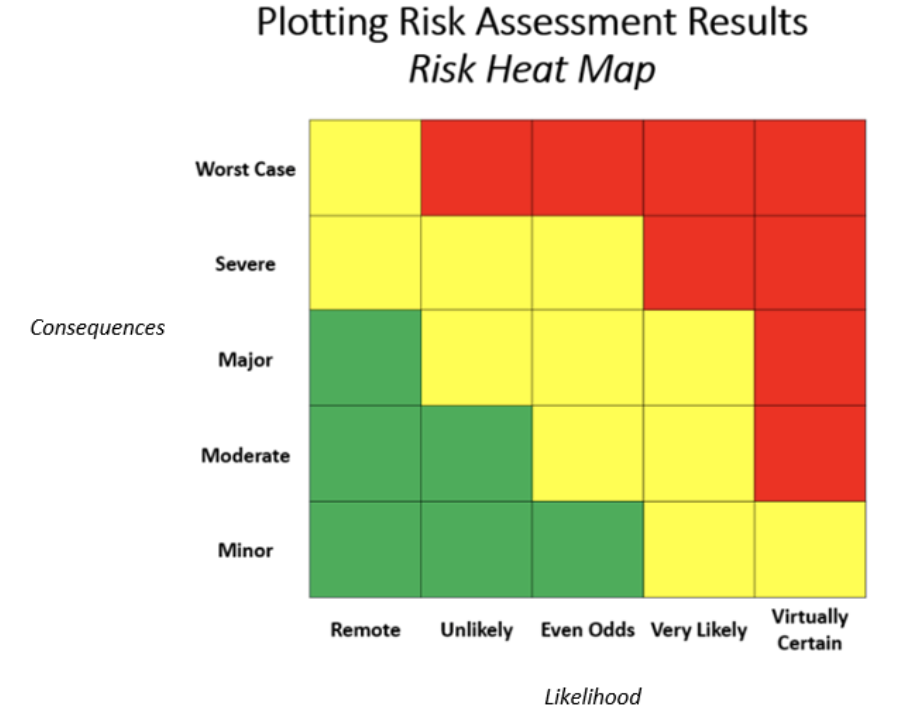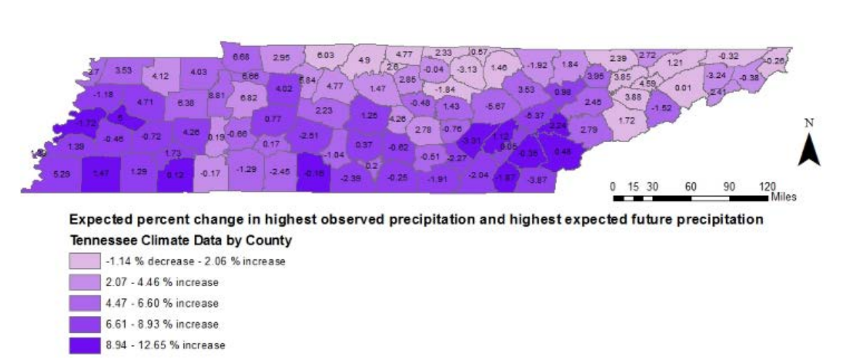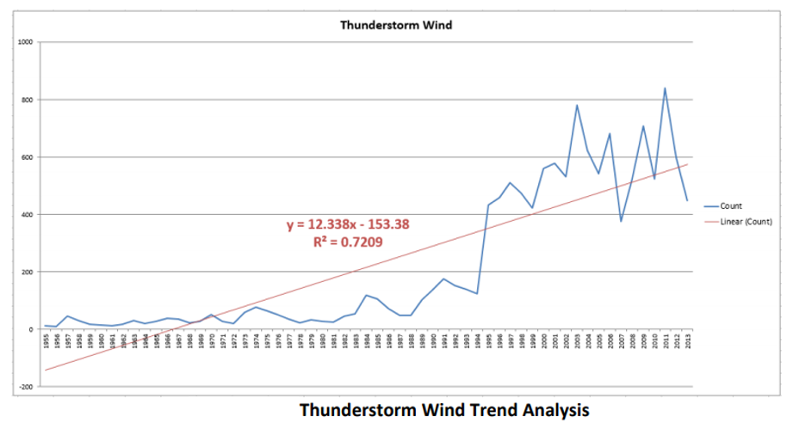TCFD
Task Force on Climate-Related Financial Disclosures
Understanding the climate-related risks to your organization will help your group make better, more informed strategic decisions about the present and the future. VCCI can help.
The Vanderbilt Climate Change Initiative (VCCI) has the experience and tools to help your organization understand its long and short-term physical climate-related hazards and risks on a range of scales. This includes developing climate risk scenarios and performing risk assessments consistent with the recommendations of the Task Force on Climate-related Financial Disclosures (TCFD).
Better Understand Your Climate-Related Risks. President Biden has announced that climate change is one of his Administration’s top four priorities. Both regulators and investors are increasingly focused on the information that organizations are disclosing about how they identify and manage their climate-related risks. For example, the Securities and Exchange Commission (SEC) has indicated it is beginning a close scrutiny of what companies are disclosing about climate change risks. In 2010, the SEC issued Climate Risk Reporting Guidance, identifying four climate-related areas companies should evaluate, which included the impacts of the physical risks of climate change, such as extreme weather events, on business and supply chains. Updated guidance on climate risk reporting, and potential rules, are likely to emerge in the near future. Bond rating agencies are also beginning to incorporate climate risks into rating decisions, likely making it more difficult for cities and other local governments to borrow money if they do not understand and take steps to reduce their climate risks.
TCFD-Aligned Climate and Scenario Analysis. In 2017, the TCFD (set up by the governments of the G-20) issued a recommended reporting framework that includes the use of scenario analysis to better understand the future impact of climate change, under a range of different assumptions about the future, on the long-term operations of businesses and other organizations (such as cities). Mandatory climate risk reporting consistent with the TCFD framework is already beginning to be adopted in Europe and more organizations are implementing the TCFD framework not only to comply with likely regulations, but to better understand and manage the risks and opportunities they may face because of climate change.

A major feature of TCFD includes the use of scenario analyses to identify plausible futures, and determine how your organization would perform under selected future conditions. The results of scenario analyses provide considerable value in:
- better positioning of your organization for the future,
- aiding in the development of long and short-term strategic plans, and
- helping to inform stakeholders about climate-related risks and opportunities.
Scenario analyses can be challenging, however, especially for organizations who do not typically use this approach as part of their planning or risk management activities. VCCI can help identify, through workshops, surveys and other elicitation methods, whether, where and how your organization can benefit from scenario analysis as well as the identification of future climate scenarios worthy of risk analysis consideration. We also assist these organizations in performing scenario risk assessments in determining potential impacts to the organization using state-of-the-art data and climate modeling. This work can be conducted on a range of scales, at the facility, local, regional, national or international levels.
A few examples of approaches and outputs that can be useful to your organization:
- Using climate data together with business or facility-level data and information to develop risk heat maps that assist organizations with strategic decisions around resource allocation.

- Understand the extent to which future projected weather events are expected to differ from historical observations in an area or location of relevance to your organization.

- Apply trend analyses to events of interest to determine if recent trends are already beginning to deviate from historical averages, and if so, by how much.

- Use state of the art climate modeling data at the near-asset level scale to determine near term and long term projected changes with respect to heat and precipitation related events.

For more information contact Leah A. Dundon, J.D., Ph.D., at leah.a.dundon@vanderbilt.edu